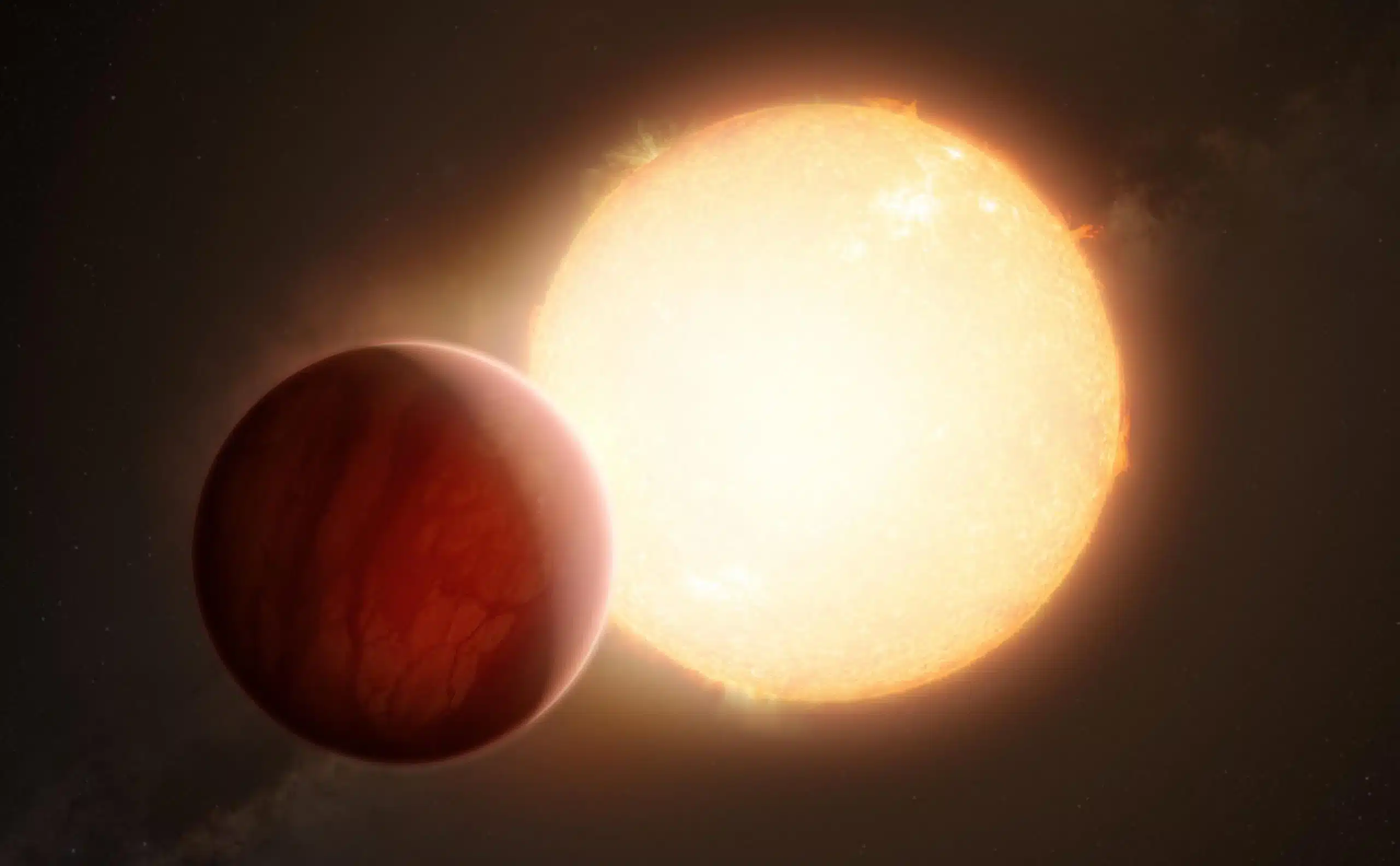Astronomers Uncover Emerging Exoplanets in Formation

Astronomers have made a groundbreaking discovery that sheds light on the early stages of solar system formation. By examining the hydrocarbon-rich discs surrounding two young stars in a nearby star-forming region, researchers have identified spiral and ring-like structures indicative of “baby” planets in the process of formation. This study, which analyzed 78 protoplanetary disks in the Rho Ophiuchi cloud complex, suggests that the processes of star and planet formation occur simultaneously in these nascent systems, challenging previous assumptions about the timeline of planetary development.
Revolutionary Imaging Techniques Unveil Early Planet Formation
The research team utilized advanced imaging techniques to bridge a significant observational gap in the study of protoplanetary disks. Previous studies, such as DSHARP, focused on stars that are millions of years old, while eDisk examined much younger protostars. By targeting stars of intermediate ages and employing PRIISM super-resolution software on archival ALMA data, the researchers achieved images that were three times sharper than traditional methods. This enhanced clarity allowed them to identify 27 disks with distinct structures, including 15 that had never been observed before.
The findings reveal that the substructures, such as rings and spirals, which are considered indicators of planet formation, appear much earlier in the growth process than previously believed. These structures emerge while the disks are still rich in gas and dust, suggesting that the formation of young stars and planets occurs concurrently. The disks observed were approximately 30 astronomical units wide, about 30 times the distance from the Earth to the Sun. This intricate architecture in such early systems implies a close relationship between the evolution of infant stars and their accompanying planets.
Implications for Understanding Planetary Systems
The implications of this research extend beyond the immediate findings in the Ophiuchus region. The study, led by Ayumu Shoshi from Kyushu University, indicates that the processes of star and planet formation may be more interconnected than previously understood. As more data becomes available, researchers hope to explore similar early co-evolutionary patterns in other stellar nurseries across the universe.
The discovery challenges long-held beliefs about the timeline of planetary development, suggesting that the formation of planets may begin much earlier than once thought. This new understanding could reshape our knowledge of how solar systems, including our own, come into existence. The research was published on an online platform for The Publications of the Astronomical Society of Japan, marking a significant contribution to the field of astrophysics.
Future Research Directions
Looking ahead, the research team is eager to expand their investigations into other star-forming regions. The current study focused solely on the Ophiuchus cloud complex, but the techniques and findings can be applied to other areas of the cosmos. As astronomers gather more data, they aim to uncover additional insights into the early stages of solar system formation.
This research not only enhances our understanding of the birth of planetary systems but also opens new avenues for exploration in astrophysics. By continuing to study the intricate relationships between stars and their planets, scientists hope to unravel the mysteries of how our own solar system and others like it were formed. The ongoing quest for knowledge in this field promises to yield exciting discoveries in the years to come.
Observer Voice is the one stop site for National, International news, Sports, Editor’s Choice, Art/culture contents, Quotes and much more. We also cover historical contents. Historical contents includes World History, Indian History, and what happened today. The website also covers Entertainment across the India and World.

